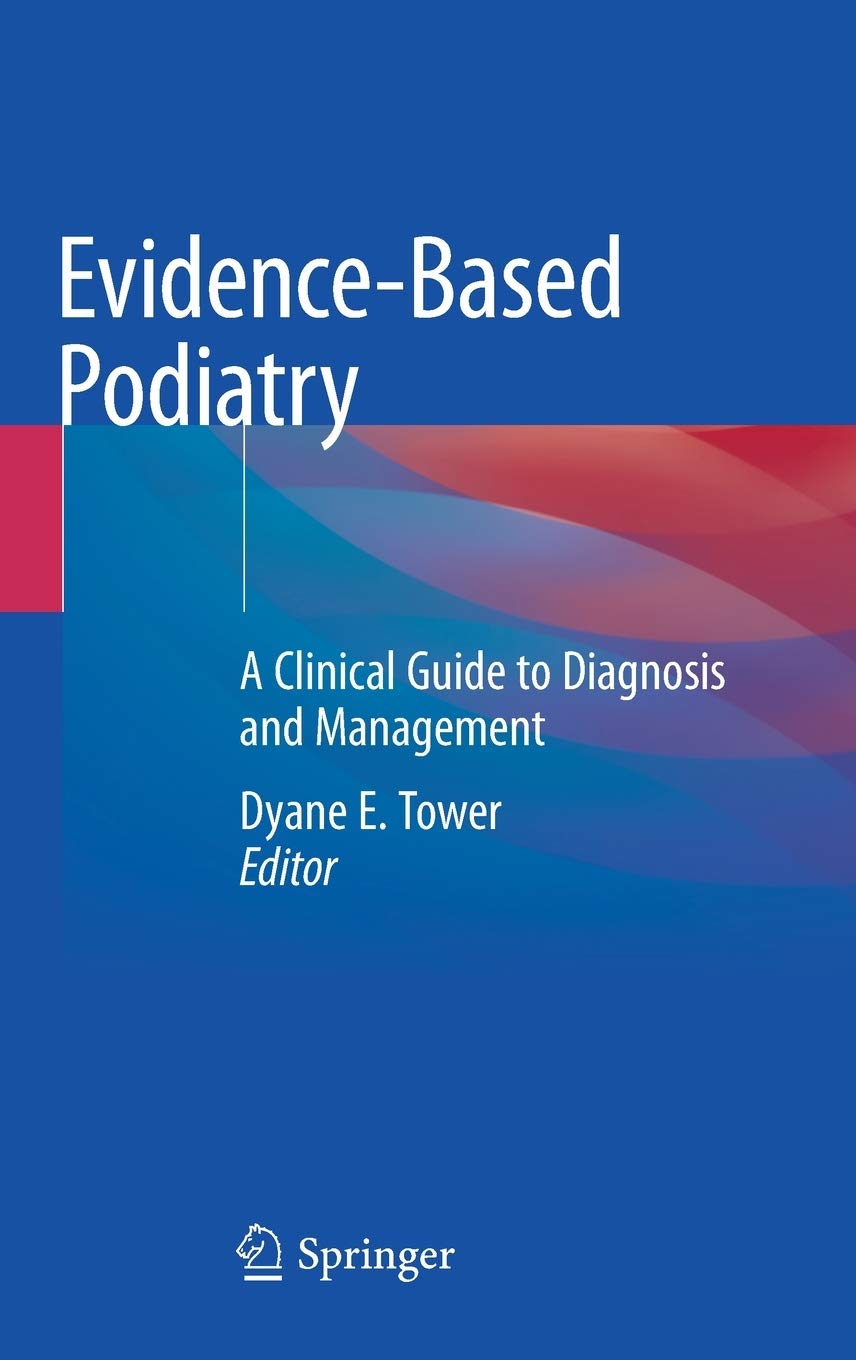
This practical text reviews the most recent literature supporting clinical decisions regarding over a dozen common foot and ankle conditions, along with presentations of the techniques themselves, both surgical and non-surgical. The conditions are presented anatomically from forefoot to ankle, beginning with issues surrounding toenails, such as fungal infection and treatment of ingrown toenails, then proceeds to discuss the toes and toe joints, including hammertoe fixation, 2nd MPJ pathology, and Lapidus bunionectomy. Treatmentsfor arthritis of the midfoot and flatfoot follow, along with arthroscopy and arthroplasty of the ankle, surgical and non-surgical approaches for Achilles tendon ruptures, and treatments for Charcot neuroarthropathy, clubfoot and general considerations of wound care of the foot and ankle. Throughout, an emphasis is placed on the best available evidence for each treatment strategy.
Evidence-Based Podiatry will be a valuable resource for podiatrists, orthopedic surgeons, and residents, fellows and trainees treating these common foot and ankle conditions.















